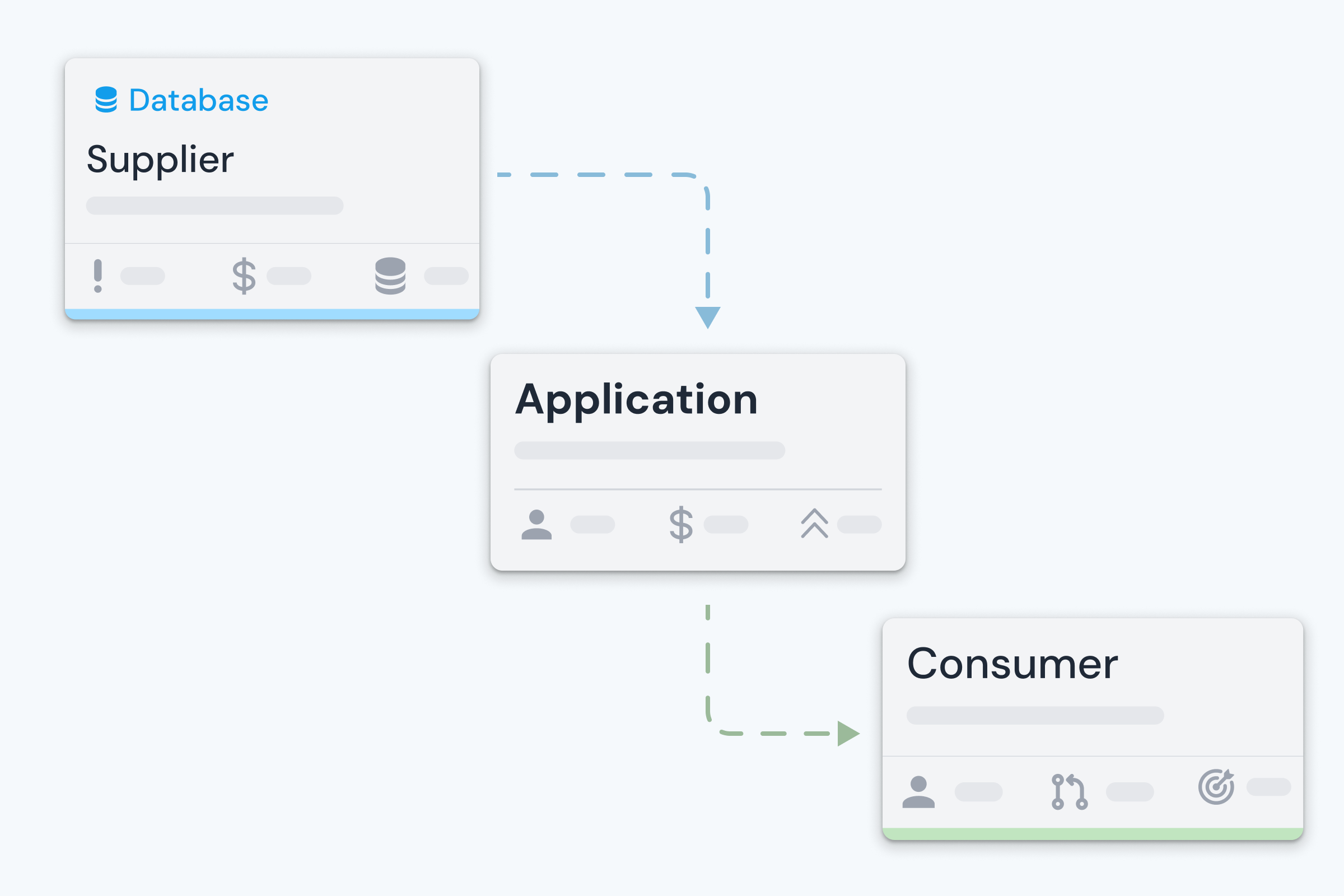Enterprise technology spending is rising fast — especially with the explosion of interest in AI. CFOs are under growing pressure to maximize business impact under smaller budgets. As a result, there is greater demand from CFOs to answer a fundamental question: what are we really getting from our tech spend?
The Disconnect Between Spend and Value
Most organizations still evaluate technology initiatives based on activity—projects delivered, services launched, licenses purchased—rather than on actual business impact. This activity-based evaluation creates a misleading sense of progress. A team may deliver dozens of new features or migrate systems to the cloud, but without tying those efforts to measurable outcomes like increased revenue or improved customer experience, it’s impossible to determine whether the investment was worthwhile.
One root cause of this problem is the lack of accountability. Business leaders often initiate and fund technology projects, yet they aren’t accountable for the ongoing costs of maintaining and operating those systems. That tech product might be launched successfully; however, the tech debt it creates—added complexity, maintenance burden, and performance risk—continues to accumulate quietly in the background.
CFOs are left navigating rising IT costs with limited clarity on whether those investments are paying off. The challenge isn’t just visibility into expenses—it’s a lack of insight into how technology is being consumed across the organization. Without understanding who is using what, and to what end, finance teams risk overfunding low-value initiatives and missing opportunities to invest in high-impact technology.
Why Finance Needs Transparency
Finance teams are used to evaluating investments based on return. When it comes to technology, however, they’re often left in the dark. Budgets are set annually, costs are pooled broadly, and few organizations have a clear line of sight into which products are driving the most value—or which ones are quietly draining resources.
This lack of transparency leads to several challenges:
- Funding the wrong things: Without clear consumption data, finance may green-light high-cost projects that deliver low-impact results.
- Misleading metrics: Teams often justify spend with activity-based metrics (“we shipped 30 new features”), not value-based ones (“we increased usage by 50% among high-value customers”).
- No accountability for tech debt: Hidden operational costs and maintenance burdens rarely show up in initial project forecasts.
To address this, finance leaders need a new kind of visibility—one that goes beyond traditional budgeting and into the economics of how technology is actually used.
Introducing a Consumption-Based Tech Model
One way to bridge this gap is by adopting a consumption metering model. This approach treats technology usage the way we treat utilities: metered, attributed, and costed based on actual consumption.
Key elements of a consumption model:
A strong consumption-based model gives finance teams visibility into how technology is being used—and what it costs—across the organization. While the underlying infrastructure may be technical, the goals are straightforward:
- Clarity on usage: Every service or product should include built-in tracking to monitor who is using it and how often.
- Attribution of cost: Usage data should be tied back to specific teams, products, or business units so spend can be properly allocated.
- Insight into unit costs: Finance should be able to understand how much each unit of usage—such as an API call or user session—costs the organization.
This model allows finance teams to move from broad cost estimates to precise insights, enabling smarter decisions on where to invest or cut back.
Improve Software Visibility
Gain visibility into your technology ecosystem with insights into software usage, user engagement, and changes in adoption with Trufflow.
The result is a granular, data-driven understanding of how each piece of technology is used—and what it really costs. By moving to a consumption-based model, finance leaders gain:
- Clear attribution of spend to business usage: Know exactly which teams, products, or customers are driving tech costs.
- Visibility into ROI at the unit level: See which tools are cost-efficient and which are underused or overpriced.
- Accountability for total cost of ownership: Teams can no longer ignore the maintenance and operating costs of what they build.
- A new kind of balance sheet for technology: One that reflects not just capital investment, but accumulated tech debt, indirect costs, and long-term value.
Finance leaders must start treating technology not just as a cost center, but as a measurable business input, with usage and value tied to real outcomes.
How Trufflow Can Help
Solutions like Trufflow are purpose-built to help finance leaders and their organizations adopt a consumption-based model. Trufflow helps teams:
- Application Performance Monitoring: Get a clear view of how an application is used, by whom, and how often.
- Portfolio Assessment: Evaluate and compare groups of applications to understand which are delivering the most value.
- Flow Diagram: Map out upstream suppliers and downstream consumers to visualize where value is created or lost.
- Value Observability: Quantify usage, engagement, and performance so you can measure impact relative to business goals.
In today’s digital economy, understanding the economics of technology is no longer optional—it’s essential for staying competitive. Finance leaders don’t need to become engineers, but they do need a clear view into how technology is used, what it costs, and the value it delivers to the business.
Trufflow helps bridge this gap by making software performance and impact measurable. With tools to track usage, consumption, and evaluate impact, Trufflow empowers finance leaders to make informed decisions and maximize business impact from technology spend.
.webp)



